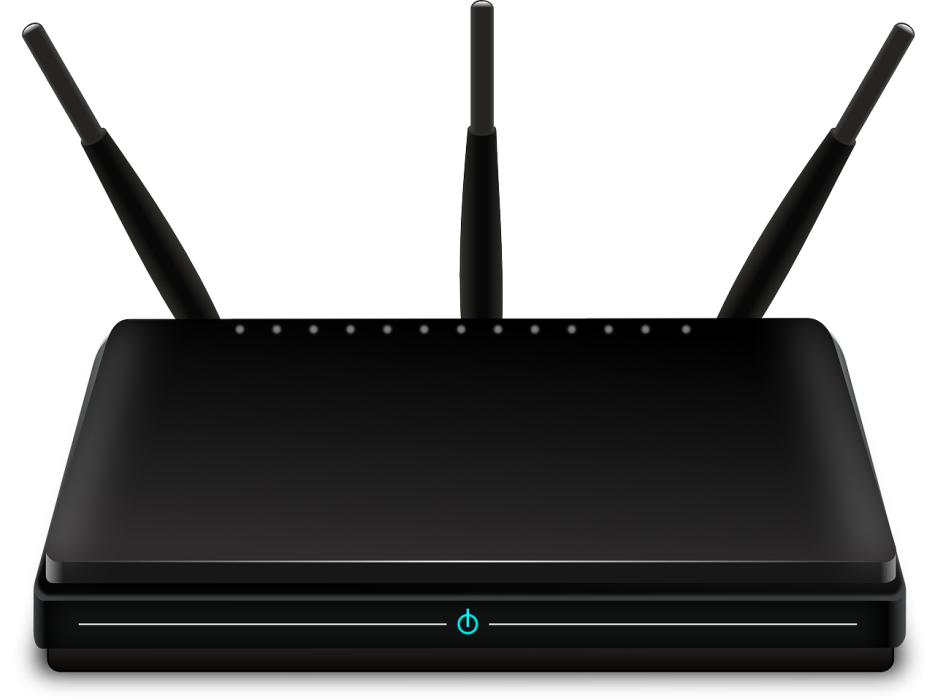Five out of every six (83%) Wi-Fi routers in US homes and offices leave their users at risk of cyberattacks, because their firmware is inadequately updated for security vulnerabilities, research by The American Consumer Institute (ACI) has shown.
Having tested a sample of 186 SOHO (small office/home office) Wi-Fi routers made by 14 different manufacturers and available on the US market, the ACI arrived at figures that are nothing short of disconcerting.
“Based on Insignary’s Clarity scanning tool, our analysis shows that of the 186 sampled routers, 155 (83%) were found to have vulnerabilities to potential cyberattacks in the router firmware, with an average of 172 vulnerabilities per router, or 186 vulnerabilities per router for the identified 155 routers,” according to the report, called “Securing IoT Devices: How Safe Is Your Wi-Fi Router?”. This makes out to just over 32,000 known security holes in total.
The risks for users include compromises of personal information, which can then lead to further malicious activity, identity theft or fraud, as a compromised router can act as a launch pad for attacking other devices on the network, as well as beyond.
Not all of the vulnerabilities are born equal, of course. Using the National Vulnerability Database’s ranking of vulnerabilities (low, medium, high, and critical), 7% of the detected vulnerabilities were assessed as being of critical severity while another 21% were classified as high-risk bugs. Flaws involving medium risk accounted for 60% of the bugs.
On average, any given router was found to contain 12 critical and 36 high-severity vulnerabilities.
The increasing reliance on open-source code libraries was singled out as one of the key reasons why vulnerabilities are introduced into router firmware in the first place.
Meanwhile, the failure to update known flaws is due to a range of factors, both on the part of manufacturers and users. Vendors are often slow to ship security patches, or don’t release them at all. In addition, the updating of firmware itself is sometimes not the most user-friendly of processes for consumers who want to keep their routers safe.
Consumers, for their part, often don’t give much thought to updating their router firmware and are often not aware of the vulnerabilities therein.
Of course, threats to routers (and beyond) aren’t purely hypothetical. As recently as four months ago, it emerged that hundreds of thousands of routers in more than 50 countries had been compromised by malware dubbed VPNFilter.
In another highly-publicized case, a series of distributed denial-of-service (DDoS) attacks on October 21, 2016, disrupted a great deal of internet activity in the US, with unsecured home routers part of the botnet that was deployed for the attacks. A few weeks later, 900,000 Deutsche Telekom customers were knocked offline over the two space of days as their routers were compromised with a modified version of the same Mirai botnet malware that was responsible for the DDoS attacks in the previous month.
Here are a few tips for making your router more secure and for reviewing your router’s administration and configuration settings.





